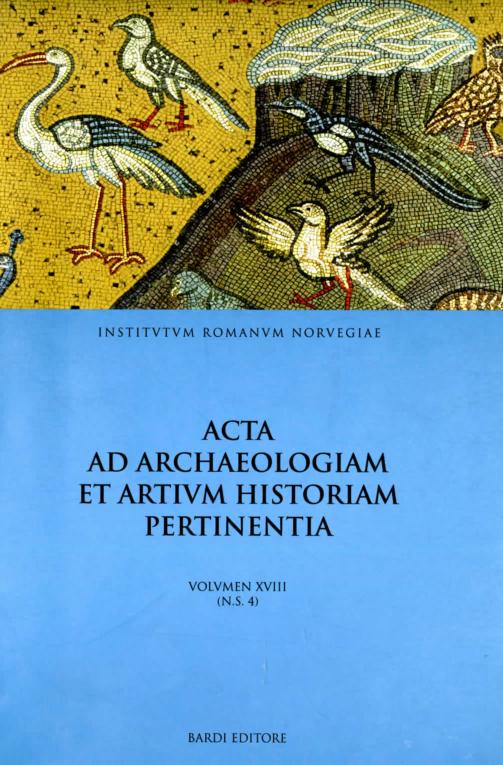Thirty-four Years after "Leda Christiana". Misery and Splendour of the First Century of Coptic Art History
DOI:
https://doi.org/10.5617/acta.5718Abstract
The course of the research of Egyptian Late Antique art was influenced for more than seven decades in a most unfortunate manner by the erroneous intrepretation of the archaeological context of the foruth century AD mythological reliefs discovered in the 1890s by Édouard Naville at Heracleopolis Magna (modern Ahnas). The misinterpretation of the find circumstances led to the postulate of a Christianisation of pagan themes in Coptic art and of their employment in the decoration of Christian churches. The actual architectural and iconographic context of mythological reliefs from Ahnas and other Egyptian Late Antique sites was identified by Hjalmar Torp in a 1969 paper in which he suggested that the mythological reliefs, as well as the contemporary carvings with Christian themes, came from pagan and Christian funerary edifices. Torp also pointed out the impact of Roman funerary iconography on the decoration of third-fifth century Egyptian tomb chapels. The present study discusses the trends prevailing in the research of Egyptian Late Antique art before and after 1969 from the special point of view of Torp’s seminal work. Particular attention is paid to the interconnected issues of chronology, social-cultural context, and quality stratification. The analysis of individual groups of sculptures, paintings, and luxury textiles presents new data for the assessment of the international context of Egyptian art in the Late Antique and early Byzantine periods as well as for the investigation of the transfiguration of Egyptian culture in Late Antiquity.
How to Cite
Issue
Section
License

This work is licensed under a Creative Commons Attribution-NonCommercial 4.0 International License.
Authors who publish with this journal agree to the following terms:
- Authors retain copyright and grant the journal right of first publication with the work simultaneously licensed under a Creative Commons Attribution License that allows others to share the work with an acknowledgment of the work's authorship and initial publication in this journal.
- Authors are able to enter into separate, additional contractual arrangements for the non-exclusive distribution of the journal's published version of the work (e.g., post it to an institutional repository or publish it in a book), with an acknowledgement of its initial publication in this journal.
- Authors are permitted and encouraged to post their work online (e.g., in institutional repositories or on their website) prior to and during the submission process, as it can lead to productive exchanges, as well as earlier and greater citation of published work (See The Effect of Open Access).





